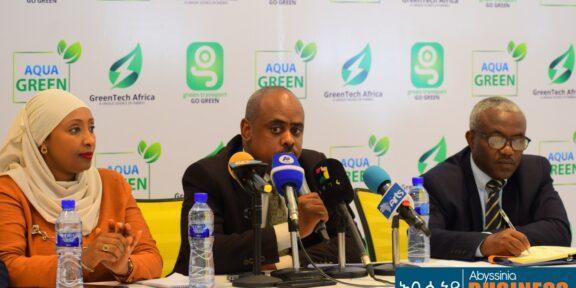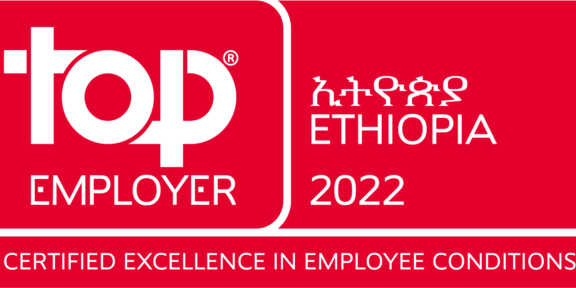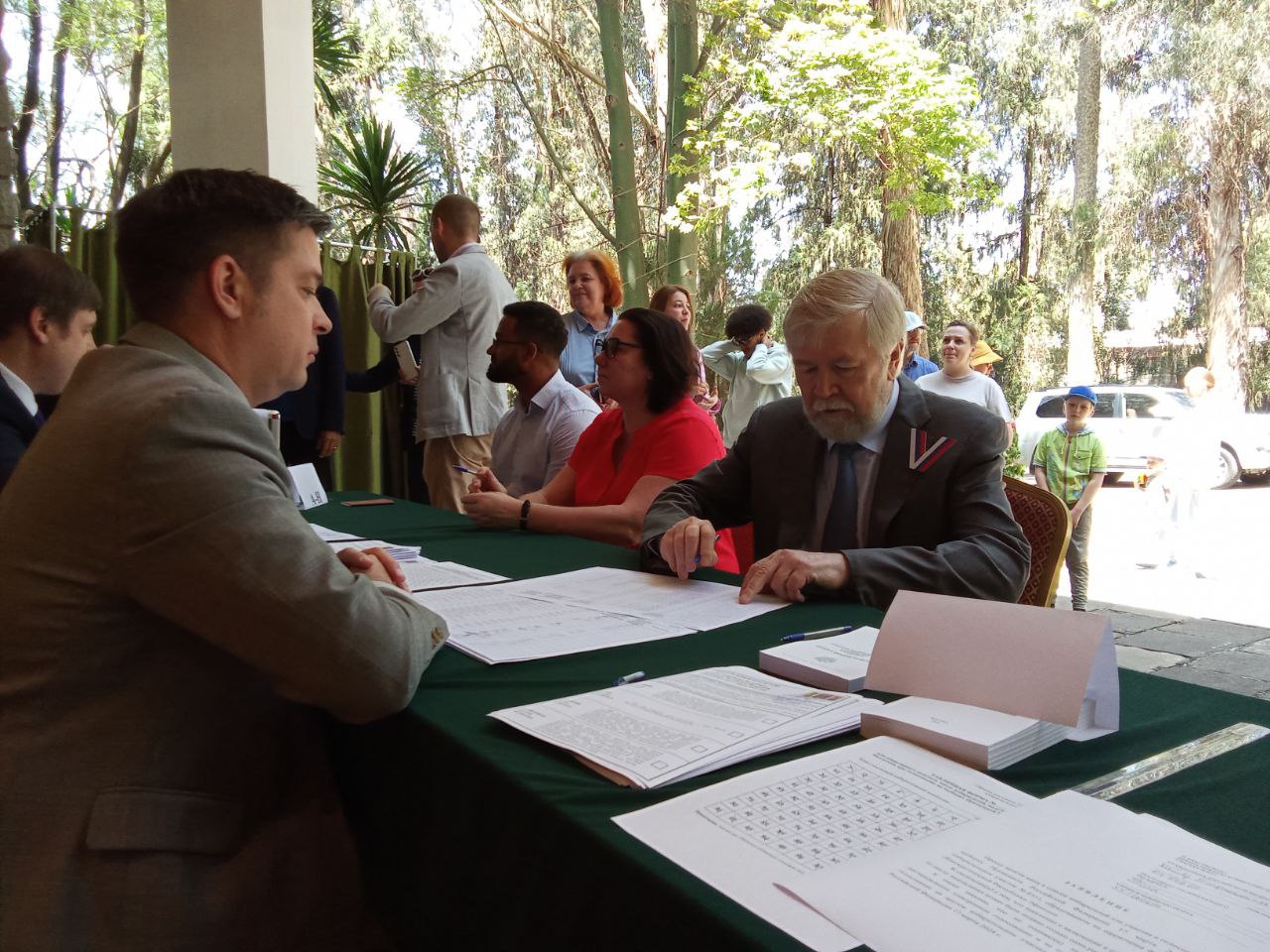By Aklile Tsige
Contemporary maritime transportation is bound by geographical constraints, political regulation, and commercial interests. Modern advances and innovations in shipping technology have grown the shipping industry since the twentieth century. Many of these advances include the size of vessels, the size of fleets, specialty purposes for ships within the fleet, naval architecture and design, and automated ship systems.
In terms of commercial interests, the maritime industry has a high level of contestability for shipping lines. This means that the ease of entering and leaving the industry is high. The cause of this is due to the purchase of secondhand ships, the return on which can often be covered fairly quickly for commercial ships. Newer, expensive ships require a larger return on the investment but pay off quickly.
History has it that Ethiopia regained a coastline on the Red Sea when Eritrea was federated with Ethiopia in 1952. However, it was not until 1965 that the Ethiopian Shipping Lines was established as a joint venture with the American company Towers Perrin.In 1966 the company commenced its operation with three ships called Queen of Sheba, Lion of Judah and Lalibela.
The Ethiopian Shipping Lines s.c/ESL/ which has gone through various restructures and reforms over the past few decades, is operating today as Ethiopian shipping and Logistics Services Enterprise (ESLSE) with nearly eleven cargo ships and oil tankers cruising in all corners of the World,
Abyssinia Business Network Editor-in-Chief AklileTsige speaks to RobaMegersa, ESLSE CEO on overall performance of the Enterprise. Roba Megersa, born and grew up in the capital, Addis Ababa has got intensive educational and training experiences in the field of Maritime.Roba received his first degree in Lawfrom Addis Ababa University in 2000.
He has then earned Master’s Degree in International Maritime Law and International Trade Law, and various Post Graduate Diplomas. Furthermore, Roba has taken different logistic-related trainings on Maritime Law Enforcement, Maritime Legal Draft, Transport Planning, Strategic Planning, and Safety. Over the last 15 years he has been working in the maritime sector; he was also the founding member of the Ethiopian Maritime Authority. His significant contribution to ratification of various maritime conventions and charters is worth mentioning.

HUMBLE BEGINNING
The then Ethiopian Shipping Lines was established in 1964. It was established by the Ethiopian government jointly with American company named Towers Investment from the District of Colombia, U.S. and with the Dutch management team in 1965. In the beginning three ships were built in Holland.
The Ethiopian Shipping and Logistics Services Enterprise (ESLSE), known commercially as the Ethiopian Shipping Lines is the national cargo shipping company of Ethiopia. Established in 1964, it is noteworthy as it has continued to operate despite Ethiopia having become a landlocked country in 1993.
Operations commenced in 1966 with three ships called Queen of Sheba, Lion of Judah and Lalibela. The line quickly faced serious challenges when the Suez Canal was closed in 1967. When Suez Canal was closed, the vessels had to go all around the Cape. The size of the vessels was not appropriate for such long voyages, and the line ran into a loss. Since then, the ESL has focused mainly on the designated line of import and export, so as to promote foreign trade. It has generally been profitable.
Among the major companies that has helped coming in to being of the new merger is the former Ethiopian Shipping Lines Share Company (ESL), established March 1, 1956 E.C with a capital of 50,000 (fifty thousand) Ethiopian birr. This establishment laid the corner stone for the development of modern sea transport in Ethiopia. When the shipping line was established, the American Towrus Investment had 51% and the Commercial Bank of Ethiopia 51% and Ministry of Finance 49% capital share.
Later, ESL’s capital was made to upgrade to 375,000 (three hundred seventy thousand Birr). It was at this time, the enterprise had three ships built namely, Queen of Sheba, Lion of Judea, and Lalibella. Accordingly, one can infer that the enterprise has commercialized its service operation in 1956 E.C with these three ships built.
The enterprise as initiated in such a historical upheaval and advancing as a pioneer African shipping company could not sustain its initial development. Due to a war broken out between Israel and Egypt from 1959 –1967 and the closing of Suez Canal has forced the enterprise vessels to voyage down through South Africa via West Africa to North. Because these routes were very much long and the vessels turn over voyages were very slow and the burden of cost of vessel fuel was very high it made the enterprise bankrupt.
The enterprise striving in such a way to sustain its existence faced a major challenge in the course of development due to a new upheaval observed in 1967 revolution and change of government and the new political economical ideology implemented in Ethiopia.
The enterprise faith at this time was to be confiscated as a state public enterprise as it was to other manufacturing and public enterprises. The enterprise was given a name Ethiopian Shipping Line Corporation and it became a fully state owned company with a capital of 22 million Birr. After few years, the company’s capital reached 32 million Birr and it relatively made relieved itself from loss and it had begun to be profitable.
In order to strengthen its business capacity, it has brought second hand made ships namely Ras Dejen and Karamara, in 1967 E.C and 1970 E.C respectively and deployed them in operation. In subsequent years it has owned a tanker ship named Nebelbal in 1971 E.C and expanded its service rendering horizon.
Side by side the enterprise has discarded these worn out ships that terminated their service years and substituted them with other more capable vessels in subsequent years. Additionally it has brought Key Kokeb and Wolwal ships in 1974 E.C and Meskerem and AbayWonz in 1976 E.C and Abyot, Andinet and Netsanet in 1977 E.C and could generate outstanding Profit within a short period of time and it has boosted its cargo handling capacity in folds.
Besides building its capacity, during the nineteen sixties, it has expanded its trade routes from the Red Sea to North and West Europe to Britannia and its vicinity, for example, North Eastern Europe, Mediterranean and Adriatic seas as well as Middle East and its neighboring countries.
The enterprise has progressed in its capacity building and bought the vessels OmoWenz in 1978 E.C, Ziway and Chamo in 1980 E.C, Awash in 1981 E.C and have aggrandized its profitability, providing wider services for international and national import and export cargos. It has bought Admas in 1987 E.C, Tekeze in 1991 E.C, Shebelle in 1998 E.C and Gibe in 1999 and has provided effective sea transport services. Thus the capital of the enterprise has been increasing from time to time.
“Despite being a landlocked country, we maintain Ethiopia’s role in international trading as a shipping country. Our fleets of vessels enable us to lift or load Ethiopia’s cargo from 340 different ports worldwide.”
The CEO stated that the practices and developments trying to maximize or optimize the benefits of multimodal transport system vary in different parts of the world. In Ethiopia Multimodal Transport is considered as solution’s for coastal access to Djibouti port, import and export, technology transfer, infrastructure development, employment opportunity, development of other sector, human capital, and others but much is not done physically on the ground.
“There are three important features in the multimodal system: The first is that it reduces time taken to deliver the cargo, it reduces duplication of procedures in customs, and with it comes significant reduction of time and cost.” The CEO indicated.
The company has been making an immense contribution to the development of the nation’s economy. “The company is currently singlehandedly performing multimodal transport system which is an essential instrument in the international trading. It’s a national flag carrier, expanding dry ports, and it has become knowledge hub.” noted Roba, adding that most of the policies and strategies that have to do with logistics legislation emanated from its professionals. ESLSE is serving the national economy by its own fleets of vessels, and its presence in several countries is a witness to that role. It’s trading internationally; perhaps it’s the only national flag carrier in Africa. “Despite being a landlocked country, we maintain Ethiopia’s role in international trading as a shipping country. Our fleets of vessels enable us to lift or load Ethiopia’s cargo from 340 different ports worldwide.” Roba Megerssa said.
As far as getting access to neighboring sea ports, the CEO stated that there are some 33 countries without sea coasts worldwide, out of which 16 are in the African continent, but he pointed out that there are no single country in the world as big as Ethiopia with a population of 110 million people without sea coast. One can say this is a huge geographical disadvantage, challenging the country’s economic development.
This disadvantage can be compensated, according to Roba, by implementing robust strategy that help the country make use of neighboring countries ports. He said, “We are in good shape in using Djibouti as a neighboring port; it has been home port of our vessels. More than 95% of Ethiopian cargo is handled through Djibouti,
Ethiopia, in deed, has dealt with other bilateral initiatives that allow the nation to have access to neighboring coasts such as Port of Berbera of Somalia, two ports in Kenya, which are believed to be very significant in terms of geographical proximity to Eastern and Southern parts of the country. Port Sudan is the other sea port which is quite relevant to North-Western Ethiopia in handling aid cargo.
“I don’t have to miss the importance of the Eritrean ports: Massawa and Assab to come to picture in the future. Hopefully, we anticipate with much opportunity to come from the implementation of the Ethio-Eritrea corridor to handle Ethiopia’s import-export cargo.” Roba noted.
“In the coming years we have strategy to renovate our vessels. We’ll replace the old vessels with the new ones. At the end of our 10-
Year Development Plan, we will be perhaps the biggest carrier in Africa with a total tonnage of 20 million every year.”
Ethiopia, for the first time in the nation’s history, has launched a National Logistics Policy and Strategy which is endorsed by the highest level of the Government-Council of Ministers. And the initiative was taken by the Ministry of Transport while the champion of the document was the Ethiopian Maritime Authority. This document vividly enunciates which ports are relevant for the development of the country in the years ahead, considering the political and economic situation of the country and the neighboring countries.
After the nations import and export cargoes were being served at Djibouti port, equipping itself with port machinery, effective service provision system and well-skilled human power it has handled all the tasks that are related with shipping and logistics services at major ports. ESLSE is currently operating with 11 ships, out of which 2 are medium-size tanker vessels each with the capacity of 41,000 metric tons, and
the other 9 are multi-purpose vessels each with the capacity of 25,000-28,000 metric tons. Furthermore, the company makes Slot-Charter arrangement where it buys a plot of space within a ship to transport its cargos by issuing its own document.
In doing so, every year the company charters in some 50 foreign vessels with a capacity of 50,000 plus metric tons for the transport of its cargo, especially bulk cargo such as sugar, coal, wheat, fertilizer and other general cargos, and today its total capacity has significantly raised to 6 million metric tons of Ethiopia’s import cargo on a yearly basis.
With regards to increasing the number of vessels, the company plans to procure two big vessels with a capacity of 65,000 tons for dry-bulk cargo transport. This is so because the company wants to maintain Ethiopia’s position as national flag carrier. “In the coming years we have strategy to renovate our vessels. We’ll replace the old vessels with the new ones. At the end of our 10-Year Development Plan, we will be perhaps the biggest carrier in
million every year.” said Roba.
Enhancing the number and capacity of maritime professionals Ethiopia has got two training institutes: The Babogaya Maritime and Logistics Training Institute, located at Bishoftu in Oromia Regional State, and The Bahir Dar Maritime Academy which is being operated by a foreign company in collaboration with Bahir Dar University.
“As a proud citizen I myself and the management staff members have bought bond, and as a company we are in charge of taking care of all imported shipments transported to the GERD construction site; we are doing it in accordance with expected schedules.”
The evolving Babogaya Maritime and Logistics Training Institute provides COC trainings, fresher courses and basic safety trainings while the Bahir Dar Maritime Academy produces maritime officers mainly assigned to work in foreign vessels. “The two institutes have made Ethiopia to be a country of more than 6,000 sea men who are serving onboard Ethiopian vessels and foreign vessels.” Roba Megersa stated.
Roba said his company registered a remarkable performance despite
the adverse impacts of COVID-19 that hit the global marine transport industry. China where Ethiopia’s majority import originates was closed when the COVID-19 broke out last December.
When it comes to the contribution of the ESLSE to the Grand Ethiopian Renaissance Dam /GERD/, it’s very important to mention that almost all imported items required for the construction of the Dam have been meticulously handled by the company.
“As a proud citizen I myself and the management staff members have bought bond, and as a company we are in charge of taking care of all imported shipments transported to the GERD construction site; we are doing it in accordance with expected schedules.” stressed Roba, adding that the company is currently handling very complicated, delicate and sensitive cargos of the project by assigning special cargo trucks and escorting them by convoy to final destination.
ESLSE has been providing services to the project without deposit like services such as release of containers. And it was also collecting and transporting project’s cargos neglected and abandoned by the former METEC at Djibouti. According to Roba, the company will keep on enhancing the supports it has been doing so far until the completion of the Dam.
Responding to what the Dam means to him, ESLSE CEO, RobaMegersa described that he wishes the Dam to be the logo or the land mark of the whole nation. He further added that there is no other national project which is very inculcated into the minds, souls and minds of Ethiopian citizens in all times, and it’s no less than the Victory of Adwa and other national sentimental icons.
ESLSE has a 20-storey skyscraper headquarters building located at Laghar area in the heart of Addis Ababa, Ethiopia, with main branches at Djibouti, Modjo, and Kality (the former Comet) and other branches in Mekelle, DireDawa, Kombolcha, Semera,Gelanand Woretatowns besides the Maritime and Logistics Training Institute at a place called Babogaya in Bishoftu Town.



















